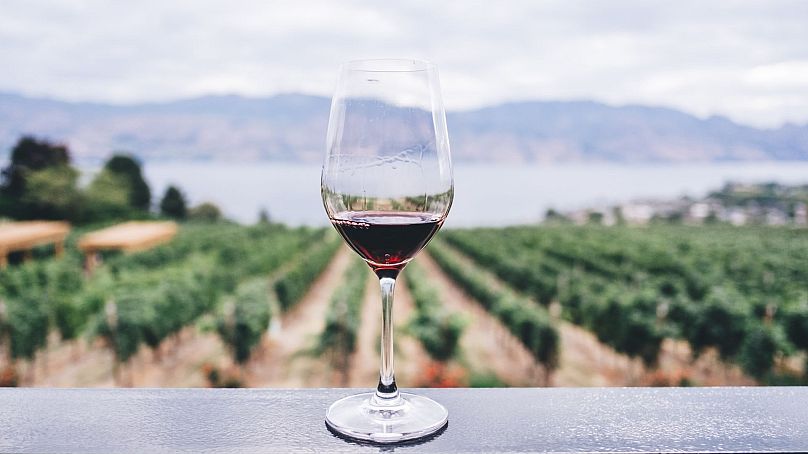Spring frosts can destroy an entire harvest. Does climate change make them more likely?
Climate change is forcing farmers and winegrowers to use stoves and heat turbines to save their harvests.
Europe’s farmers have endured sweltering heatwaves and droughts in recent years.
But many producers also face an altogether different problem - sharp spring frosts that decimate harvests. Such dramatic shifts in weather patterns can be clearly linked to climate change.
Scientists have warned that these destructive events are being caused by rising emissions.
Where are farmers facing sharp spring frosts?
Spring can be a stressful time for winegrowers. The first buds on the vine are vulnerable and can be destroyed by a sudden snap of cold weather. A frosty night can decimate up to 90 per cent of a year’s crop.
Last year, a sudden spring frost caused €18 million of damage to vinegrowers in Piedmont, France.
This year, many growers have turned to anti-frost turbines to fend off the cold.
“These big fans, equipped with two sails perched on a mast 12 metres up, automatically start when the temperature falls to 1.6C,” Bruno Delannoy, president of the Vinet-Delpech distillery, told Le Figaro.
“They are able to capture less cold air, located higher up, and bring it to ground level to avoid the temperature dropping too much.”
Older methods include lighting hundreds of oil lamps to heat up the vineyards.
In the Trentino region of Italy, several weeks of unusually mild weather have seen cherry trees bloom earlier than usual. But temperatures have suddenly dropped again.
Locals have turned to stoves and tarpaulins to keep the plants warm.
''With this method, we can't save everything, but we think we can save some of the product,” local farmer Rugger Gabardi told Reuters.
“By closing the nylon sheets, the covers, and lighting these fires, surely a part is recovered, hoping that the temperature will not drop by many degrees.''
How does climate change increase the chance of a spring frost?
Flowers and plants are blooming earlier than they used to, due to milder winters and earlier spring thaws. The European growing season starts about 15-20 days earlier than it did in the 1970s.
This can jeopardise the harvest when wintry weather suddenly returns.
The frost that impacted French vintners in 2021 would have been far less impactful if plants bloomed later, a World Weather Attribution study has revealed.
“Overall, we conclude that human-caused climate change made the 2021 event 20 per cent to 120 per cent more likely,” the authors warned
Additionally, global warming messes with weather patterns in a variety of counterintuitive ways.
Atmospheric circulation patterns are changing, bringing cold air masses further south. This can increase the likelihood of freak cold snaps, further threatening harvests.












